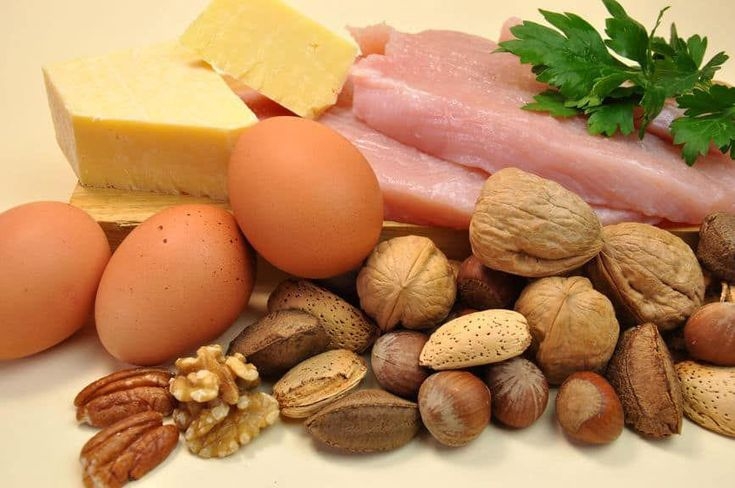Protein A Resin: Effective Tool for Purification of Monoclonal Antibodies

Overview of Protein A Resin Technology
Protein A resin is a popular chromatographic media used for the affinity purification of monoclonal antibodies. The resin utilizes the affinity of recombinant Protein A, which is derived from Staphylococcus aureus, for the Fc region of immunoglobulin G (IgG). When monoclonal antibody molecules, produced by mammalian cell culture, are loaded onto a Protein A column, they strongly and specifically bind to the immobilized Protein A ligands. Impurities such as host cell proteins, DNA, and other contaminants pass through the column unbound. High purity monoclonal antibodies can then be eluted from the column in a highly concentrated form using mild elution conditions.
Mechanism of Protein A-Antibody Interaction
Protein A Resin strong binding domains that recognize and interact with the Fc region of IgG antibodies. This interaction is attributed to non-covalent forces such as hydrogen bonding, hydrophobic interactions, and van der Waals forces between specific amino acid residues on Protein A and the Fc region. Typically, two or three Protein A molecules can bind cooperatively to the Fc region of a single IgG molecule. The binding affinity derived from multivalent interactions allows Protein A resins to robustly capture monoclonal antibodies from complex feedstreams. After purification, elution occurs through competitive displacement using mild acidic conditions or a buffer containing a chaotropic agent like glycine-HCl which disrupt the non-covalent Protein A-Fc interactions.
Optimization of Purification Process Parameters
Several process parameters can be optimized to maximize monoclonal antibody recovery and purity using Protein A chromatography. Feedstream pH and conductivity directly impact binding kinetics and capacity. Flowrates and residence times influence mass transfer and dynamic binding capacity. Elution conditions such as pH, ionic strength, additives and their concentrations affect yield and purity. Column dimensions, resin particle size, and matrix also alter performance characteristics. Careful method development experimentation can determine optimal loading, washing, and elution protocols tailored for each monoclonal antibody drug product. Advanced simulated moving bed and periodic countercurrent chromatography technologies further enhance Protein A purification capacity and efficiency.
Get More Insights on- Protein A Resin
Discover the Report for More Insights, Tailored to Your Language:
- Industry
- Art
- Causes
- Crafts
- Dance
- Drinks
- Film
- Fitness
- Food
- Games
- Gardening
- Health
- Home
- Literature
- Music
- Networking
- Other
- Party
- Religion
- Shopping
- Sports
- Theater
- Wellness
- News


